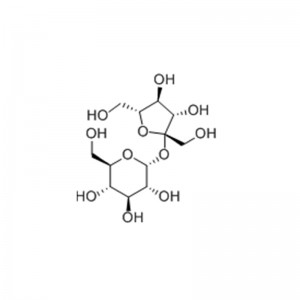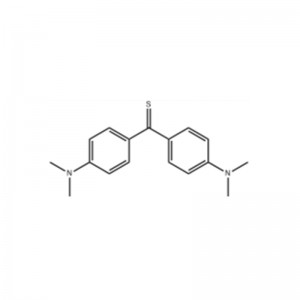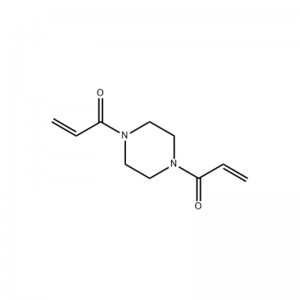
Products
Dipropylene Glycol
Structural Formula

Physical Properties
Appearance: colorless, odorless liquid
Melting point:-32°C
Boiling point:90-95°C1mmHg
Density:1.023g/mLat25°C(lit.)
Vapor density:4.6(vsair)
Vapor pressure:<0.01mmHg(20°C)
Refractivity:n20/D1.441(lit.)
Flash point:280°F
PH value:6-7(100g/l,H2O,20°C)
Safety Data
Belongs to the dangerous goods
Customs code:2909499000
Export Tax Refund Rate(%):13%
Application
Didipropylene glycol is an alcoholic organic substance, which is mainly used in the fields requiring high-quality raw materials such as spices, cosmetics, detergents and food additives. The latter is relatively low in price, and is widely used as an industrial solvent that does not require high quality of DPG, as well as raw materials for the production of unsaturated polyester and nitrocellulose varnish.
(1) Dipropylene glycol is the most ideal solvent for many fragrance and cosmetic applications. This raw material has excellent water, oil and hydrocarbon co-solubility and has a mild odor, minimal skin irritation, low toxicity, uniform isomer distribution and excellent quality.
(2) Dipropylene glycol can also be used as coupling agent and moisturizing agent in many different cosmetic applications. In perfumery, dipropylene glycol is used in more than 50%; in some other applications, dipropylene glycol is generally used in less than 10% by weight. Some specific product applications include: hair curling lotions, skin cleansers (cold creams, body washes, bath and body lotions) deodorants, face, hand and body skin care products, moisturizing skin care products and lip balms.
Preparation: In a 5L reaction kettle, add 30g of sodium methanol, 750g of propylene oxide and 2250g of propylene glycol as alkali catalyst, charge nitrogen to 0.3MPa, turn on stirring, heat up to 110℃ in 30 minutes, gradually release nitrogen during the heating process, keep the pressure in the kettle at 0.3MPa when heating up to 120℃ in Chemicalbook, reaction time 2 hours. After the reaction is finished, cool down and press out the liquid material in the kettle. The reaction product was analyzed by gas chromatography and the purity of the product was 99.87%; the freezing point of the product obtained under the condition of alkaline catalyst was 4℃.








